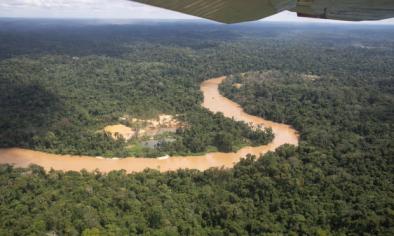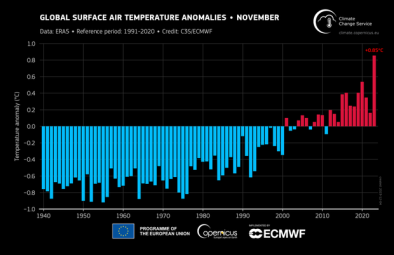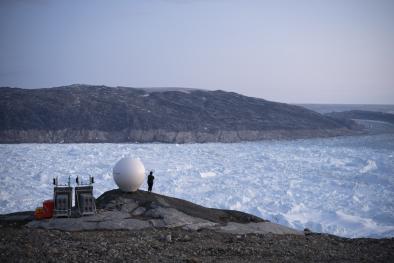Science Source
Models versus radiosondes in the free atmosphere: A new detection and attribution analysis of temperature
- Revisits detection and attribution of free atmosphere temperatures from radiosondes, almost a decade after previous studies
- Since that time, data sets have not only become longer, but understanding of observational uncertainty has vastly improved
- Explores observational uncertainty using multiple radiosonde reconstructions including those with ensembles of realizations exploring the effects of processing choices
- Explores modeling uncertainty by calculating multiple fingerprints of natural influence (from changes in solar irradiance and volcanic aerosols) and of human influence (due to greenhouse gases and due to the effects of combined anthropogenic forcings including stratospheric ozone depletion)
- Detects human influences (both greenhouse gas and other anthropogenic forcings) with increased confidence in spatiotemporal changes in free atmosphere temperature from 1961 to 2010, irrespective of whether the full atmospheric column (30–850 hPa) is examined or purely the troposphere, with stratospheric ozone depletion dominating the cooling that has been observed in the lower stratosphere
- Concludes that the advances of the last decade yield increased confidence that anthropogenic influences have made a substantial contribution to the evolution of free atmosphere temperatures
Related Content
Headline

Feb 15, 2024 | Climate Nexus Hot News
Amazon Could Reach Tipping Point By Midcentury
Headline

Jan 16, 2024 | Climate Nexus Hot News
2023 Smashes Hottest Year Record
Headline

Dec 7, 2023 | Climate Nexus Hot News
It’s Official - 2023 Is World's The Hottest Year On Record
Headline

Dec 7, 2023 | Climate Nexus Hot News
Earth Veering Closer To Dangerous Tipping Points


